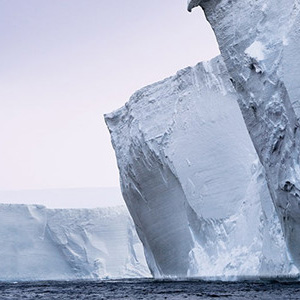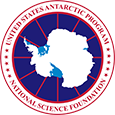|
The So-Called "Doomsday Glacier" and How NSF-Funded Scientists Hope to Learn More About Its Fate 
National Science Foundation Posted May 22, 2017 In a May 9 story, Rolling Stone Magazine reports that “Thwaites Glacier in West Antarctica is so remote that only 28 human beings have ever set foot on it…The trouble with Thwaites, which is one of the largest glaciers on the planet, is that it's also what scientists call "a threshold system." That means instead of melting slowly like an ice cube on a summer day, it is more like a house of cards: It's stable until it is pushed too far, then it collapses. When a chunk of ice the size of Pennsylvania falls apart, that's a big problem.” Read more here: https://www.rollingstone.com/politics/politics-features/the-doomsday-glacier-113792/ NSF and the U.K. Natural Environment Research Council last year announced that they will jointly fund as much as $25 million in research, and make available additional funding for associated logistical support, to understand more about the Thwaites, whose collapse, scientists agree, could significantly affect global sea level. Read more here: https://www.nsf.gov/news/news_summ.jsp?cntn_id=190012 Proposals to study Thwaites Glacier were submitted to NSF earlier this year. Following a preparatory field season in 2018-2019, Thwaites fieldwork is expected to begin in the 2019-2020 Antarctic research season, which stretches from October through February.
|
The So-Called "Doomsday Glacier" and How NSF-Funded Scientists Hope to Learn More About It



For USAP Participants |
For The Public |
For Researchers and EducatorsContact UsU.S. National Science FoundationOffice of Polar Programs Geosciences Directorate 2415 Eisenhower Avenue, Suite W7100 Alexandria, VA 22314 Sign up for the NSF Office of Polar Programs newsletter and events. Feedback Form |

